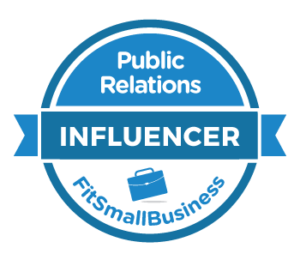PR folks know the feeling. You put a press release over the wire – and then duck.
Not necessarily because of all the press inquiries that come in (wouldn’t that be great)? You duck to avoid the flood of offers from pay-to-play opportunities. Each one needs to be vetted and explained to the client or manager, who sometimes brings you the “opportunity”, accompanied by words like: “Hey! They want to put us on TV! This PR stuff ain’t so hard. Go get ’em, Tiger!”
If this used to be just an annoyance, it’s now routine and threatens to disrupt the profession. Media have fragmented and downsized, while PR has grown. Publications are under pressure like never before. The wall that used to separate church and state (editorial vs. advertising) is now a sieve.
The result is that the PR pitches are met, more often than not with counteroffers, especially from smaller publications, blogs, and influencers (another way of saying a former reporter with a personal brand who freelances for media while taking paid gigs from vendors).
The tolls are many and varied (these are based on my own experiences and those on my team):
- The publication has decided to charge for that byline, as part of their new native advertising arm
- Worse, said arm is an embedded agency that competes with yours
- Product reviews, once a PR staple, are no longer free in many cases
- The “reporter” we pitched for CES is charging to take briefings
- Another one makes a heavy pitch for your client to sponsor their exclusive newsletter
- The TV spot comes with a “production fee”
- That brand page that used to get great organic reach needs a paid boost to get the same results
PR has long been associated with media relations and “earned media”. We’ve traditionally shunned paid opportunities. So these new realities can seem jarring and cause PR teams and their sponsors to wonder where this is all going – their investments, results and the field.
PR can adapt by applying the same ideas that have defined the profession in new ways. This means taking a fresh look at basics, like finding audience and telling a story. For starters we must reexamine the belief that media must be earned. The truth is that PR has never been free; ask anyone who’s written a check to an agency or paid a PR salary, or for a wire service.
Once you wake up to this, and also to the NEW opportunities you’ll realize there are ways to make the system work for you.
My recent Entrepreneur piece offered five tips for succeeding in this new era of pay-for-play PR. Check it out. If you’d like to get five more tips, please visit this page.

 followings. Most think that size matters (as I’ve pointed out,
followings. Most think that size matters (as I’ve pointed out, 







